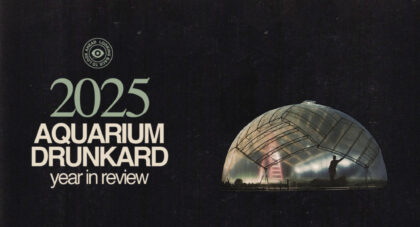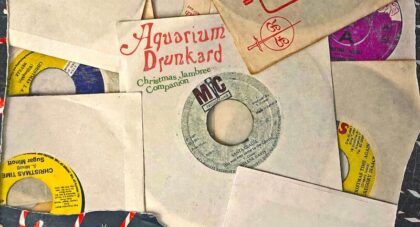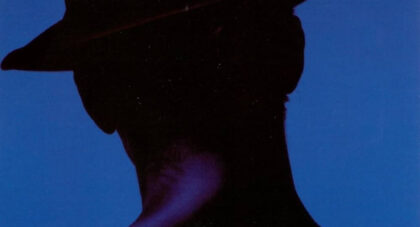This month sees the release of two new albums by longtime collaborators Mary Halvorson and Jessica Pavone. On Lost and Found Pavone paints spacious and patient sets of tones for violin and viola that seem suspended in time. And on Artlessly Falling, Halvorson's Code Girl is joined by Robert Wyatt for adventurous progressive jazz-rock. We're pleased to offer this conversation between close friends, collaborators, and creators . . .
Only the good shit. Aquarium Drunkard is powered by its patrons. Keep the servers humming and help us continue doing it by pledging your support.
To continue reading, become a member or log in.


